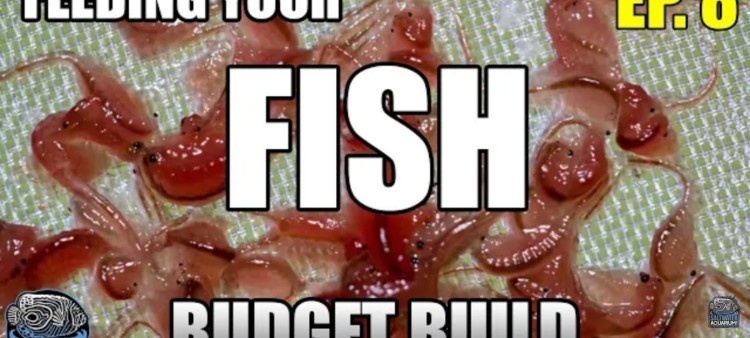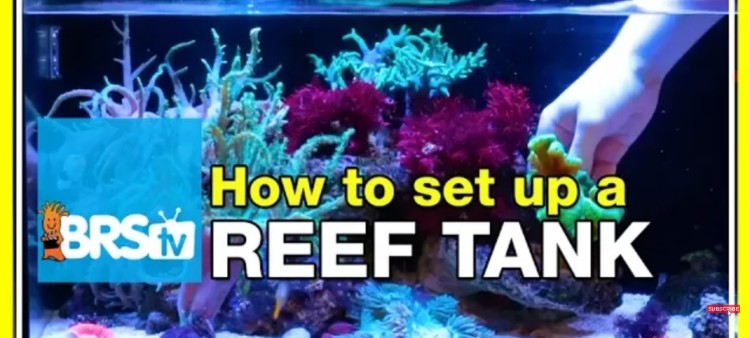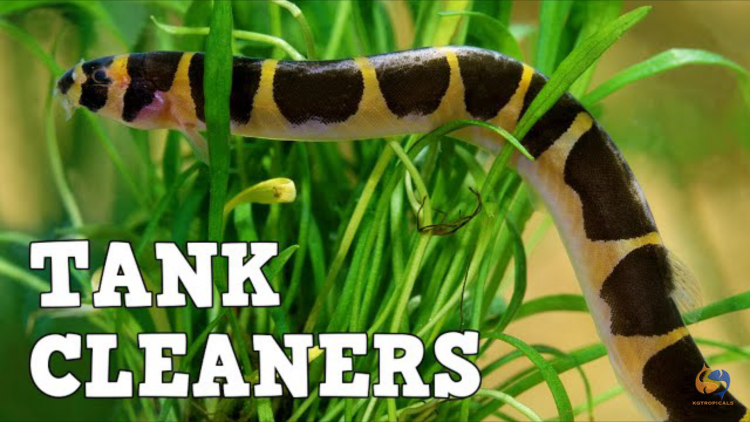How & What to Feed Your Fish - Beginner Saltwater Budget Aquarium
- Sep 08, 2022
- Anshika Mishra
- 283 0 0

Like you, the fish in your tank needs to get fed, and how you provide and what you feed can impact how your tank looks and how much tank maintenance you must do.
Feeding the fish starts with what to feed them. Let us narrow the list for you.
Types of Fish Food
First, the size of the food should match the size of your fish's mouth. You don't want to feed food more significant than the fish's mouth. This might look simple, but a lot of people miss this fact. For a budget build tank, smaller foods are what you are looking for.
With that in mind, here are the food choices for saltwater fish:
Flake food
Great for freshwater fish. But for saltwater fishes, the food mostly gets uneaten and can also instigate algae problems. So, keep the flakes for your goldfish bowls.
Pellets
These are good options as they are easy to overfeed, and some fish won't eat them. They are helpful in an auto feeder or when you don't want your tank sitter to feed the following type of food.
Frozen food
It is the most common fish food for saltwater fish. High-quality frozen food is very nutritious for saltwater fish; most of the time, your fish will eat it—high-quality food with lab-tested nutrition facts to back it up.
Mysis Shrimp
Mysis shrimp come in small and large sizes and are great for feeding your saltwater fish.
Brine Shrimp
Word of caution, adult Brine shrimps are suitable for fussy feeders, and adult brine shrimp needs to be enriched in cell con to make nutrients for your food.
Baby brine shrimps are more nutritious than adult Brine. But, the problem is most fishes won't eat baby brine shrimps, given their small size. They are suitable for seahorses or pipefish, and neither of these is appropriate for a beginner tank.
You can start by feeding your fish's brine shrimps and later transition to other food.
Live Food
Some live food options are appropriate for a saltwater tank if you can get your hands on them. Unfortunately, most local fish stores don't offer live food.
However, live food doesn't last very long in the bag. So it's hard to rely on going to your local fish store whenever you need to feed your fish. Instead, keep it simple, rely on Frozen food as your primary food source and pellets as your secondary food source.
How Much to Feed?
Feed food that your fish can consume in one to two minutes.
Overfeeding your fish is a great way to cause high nutrient levels in your tank that can later become algae issues and potentially lead to the fish's death. So, how do you know that you've overpaid your tank? Here are some clues:
- Food on the sandbed
- Food caught infiltration
- Food blowing around the tank
- Cloudy water
Now, here's what to do when you have overfed:
- Manually remove any uneaten food
- Do a water change
- Feed much less next time
How to Feed?
Feeding your fish is a contact sport. You want to maintain eye contact once you have put food in the tank to ensure everybody's eating.
Pellet Food
If you are feeding pellets, pinch a small number of shots between your fingers, then submerge your fingers under the surface of water and release. Pellets floating on the surface of your tank are less likely to get eaten. And if you are sticking with the correct quantity, switching off your filtration or pump would not be necessary.
Frozen Food
Break off enough food that you think your fish will eat. Then soak the food in your tank water for 15 minutes, or break the food with your fingers or forks and now dump the food into your tank and observe. Make sure everybody is eating it, and the food you put is gone before you feed more.
Know that frozen food cannot be used again. So, throw the leftover, if any.






About author